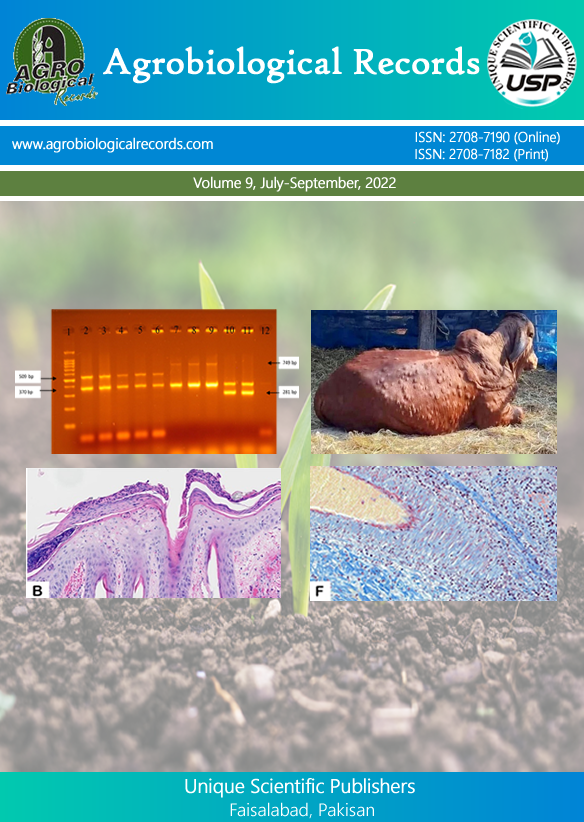
Kun Li1,2*, Houqiang Luo3, Khalid Mehmood4, Muhammad Shahzad4 and Jiakui Li1
1College of Veterinary Medicine, 2College of Animal Nutrition and Feed Science, Huazhong Agricultural University, Wuhan 430070, Hubei, China; 3College of Animal Science, Wenzhou Vocational College of Science and Technology, Wenzhou, 325006, People's Republic of China; 4University College of Veterinary & Animal Sciences, Islamia University of Bahawalpur 63100, Pakistan
*Corresponding Author: lik2014@sina.com
Yaks are of great importance on the high plateau. However, a serious diarrhea disease has emerged in the past few years causing a catastrophic threat to the yak industry. The current study was carried out to explore the parasitic pathogens in involved in diarrheal death of yaks with bloody excrement from Sichuan, China. A total of 12 fresh fecal samples were obtained from 6 healthy yak calves (H group), and 6 yak calves that died from acute bloody diarrheal (B group). High-throughput sequencing was utilized to compare the parasite burden between the H and B yak groups. At phylum level, Amoebozoa (P<0.0001), Apicomplexa (P<0.0001) and Blastocysta (P<0.0001) was discovered to be obviously higher in B yaks, respectively. On the other hand, Loukozoa (P<0.0001) and Parabasalia (P<0.0001) were both found to be significantly higher in H yaks. At genus level, Entamoeba (P<0.0001), Theileria (P<0.001), Tetratrichomonas (P<0.01), Blastocystis (P<0.0001), and Cryptosporidium (P<0.0001) were found to be predominantly higher in B yaks, while Simplicimonas (P<0.0001), Hypotrichomonas (P<0.0001), and Gregarina (P<0.01) were higher in H yaks. In conclusion, the current research herein revealed the genus of Entamoeba, Theileria, Tetratrichomonas, Blastocystis, and Cryptosporidium as potential parasitic pathogens causing the serious emerging bloody diarrheal deaths in yaks on plateau. Our present results provide insightful knowledge that can be important in controlling and preventing diarrhea in bovine animals.